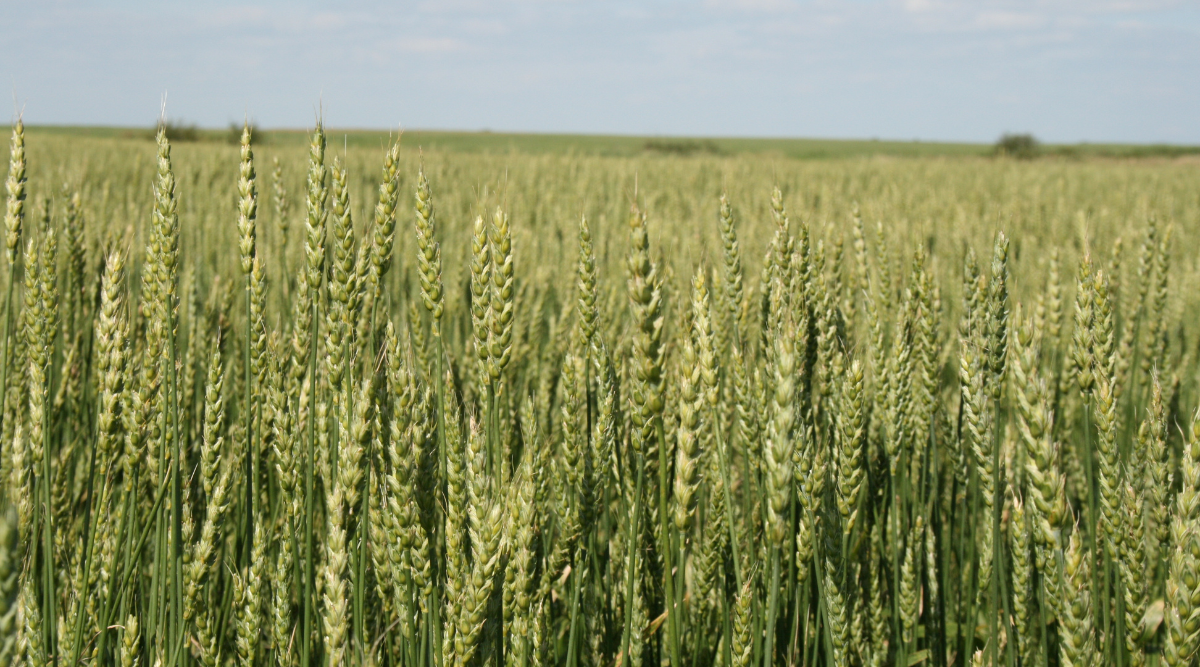Choosing Settings for Yearly Conditions

Moisture availability and soil composition significantly influence planting depth decisions. Growers must balance risks like delayed emergence from deep seeding with benefits like improved root access to subsoil moisture. Understanding field variability and equipment settings helps optimize emergence and crop success under unpredictable weather conditions.

It is well established that moisture is required for a seed to germinate once it is placed in the ground during planting. One of the important decisions growers face each year is how deep to plant; this decision becomes especially critical when upcoming weather conditions are unknown or unpredictable. In years when moisture is plentiful throughout the soil profile at planting time, the typical decision is to seed at a shallower depth to facilitate quicker crop emergence and growth. On the other hand, if soil conditions at planting are dry or are forecasted to become dry for the foreseeable future, the decision becomes more complicated.
Soil composition across a field can vary greatly, even in fields featuring relatively flat topography. Heavier soils can retain more moisture and for longer periods than lighter soils, which—in a year where moisture is limited—becomes very important. In terms of planting depth, ideal seed depth changes with soil composition, and since changes in soil type can be abrupt within a short distance, the ideal depth may be different across the working width of an implement. These changes in soil become apparent in dry conditions once the crop is established and appears wavy due to differences in both height and maturity. The amount of moisture available to the seed in the early growth stages can make the difference between root establishment that is able to reach the subsoil—where greater moisture is available during dry conditions—or the plant being unable to access this moisture and stalling out in its physiological development.
The practice of “chasing moisture”—choosing a much lower seeding depth to place the seed into known moisture—has potential drawbacks, as deeper-seeded crops take much longer to emerge, which presents its own agronomic disadvantages. It is therefore a judgment call during arduous conditions as to which depth will produce the most consistent emergence and growth. Knowledge of field variability is very helpful in this regard, which comes with regular soil testing and general experience. Packing pressure in drills and downforce in planters during planting operations is also important to ensure consistency of depth and to seal the soil as much as possible to retain moisture. While Mother Nature still holds the trump card in terms of rainfall, any steps to help mitigate risk are worthwhile in trying to produce the best possible crop—even when conditions are challenging.